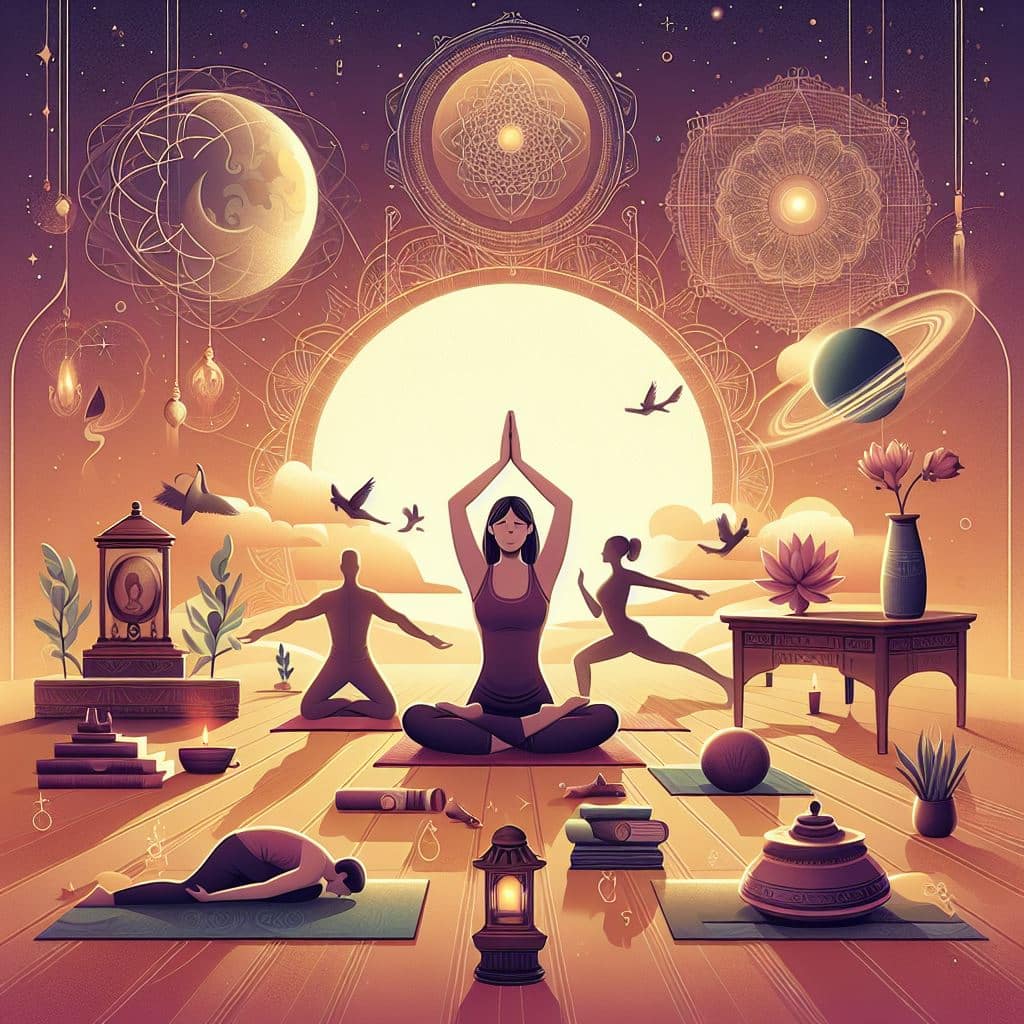
28 May 2024
Samkhya Darshana is one of the oldest and most influential schools of Indian philosophy. Founded by the sage Kapila, it is known for its rigorous analytical approach to understanding the universe and the principles governing it. The term “Samkhya” means “enumeration” or “counting,” which reflects its systematic and methodical analysis of the elements of existence.
Samkhya provides a comprehensive framework for understanding the nature of reality and the path to spiritual liberation. Its influence extends to various other Indian philosophical systems, including Yoga, which adopts its metaphysical principles while emphasizing practical methods for achieving the state of liberation described in Samkhya.
Samkhya Darshana: Samkhya is one of the six orthodox schools of Hindu philosophy and is known for its detailed enumeration and categorization of elements of reality. It was founded by the sage Kapila. The term “Samkhya” means “enumeration” or “number,” reflecting its emphasis on systematic and rational analysis.
Key Concepts:
Samkhya provides the theoretical foundation, describing the nature of reality and the components of existence. Yoga offers the practical methods to achieve the goals outlined by Samkhya. Together, they form a comprehensive system for understanding the universe and attaining spiritual liberation.
Suitable for Yoga Teacher Training (YCB) or academic use in Yoga philosophy modules.
A. Patanjali
B. Vyasa
C. Kapila Muni ✅
D. Kanada
A. Yoga Sutras of Patanjali
B. Sāṃkhya Kārikā of Īśvarakṛṣṇa ✅
C. Brahma Sutras
D. Nyaya Sutras
A. Ritual perfection
B. Liberation (Kaivalya) through knowledge (Jnana) ✅
C. Attainment of heaven
D. Material prosperity
A. 20
B. 22
C. 25 ✅
D. 30
A. Brahman and Atman
B. Karma and Maya
C. Purusha and Prakriti ✅
D. Mind and Body
A. Ahamkara (ego)
B. Manas (mind)
C. Mahat or Buddhi (intellect) ✅
D. Indriyas (senses)
A. Dharma, Artha, Kama
B. Sattva, Rajas, and Tamas ✅
C. Shraddha, Bhakti, Karma
D. Mind, Body, Soul
A. Karma alone
B. Avidya or ignorance of the difference between Purusha and Prakriti ✅
C. Attachment to wealth
D. Desire for knowledge
A. Purusha
B. Ishvara (God) ✅
C. Prakriti
D. Ahamkara
A. Vedanta
B. Nyaya
C. Sāṃkhya ✅
D. Vaisheshika
A. Maharshi Patanjali ✅
B. Gautama
C. Kapila
D. Jaimini
A. 3
B. 4 ✅
C. 5
D. 6
A. Physical fitness
B. Kaivalya (liberation or isolation of Purusha from Prakriti) ✅
C. Success in life
D. Performing rituals
A. Karma, Bhakti, Jnana, Dhyana
B. Yama, Niyama, Asana, Pranayama, Pratyahara, Dharana, Dhyana, Samadhi ✅
C. Tapas, Svadhyaya, Ishvarapranidhana, Dhyana
D. Only Asana and Pranayama
A. Controlling breath
B. Cessation of mental modifications ✅
C. Practicing postures
D. Awakening Kundalini
A. They are opposites
B. Yoga is a practical aspect of Sāṃkhya ✅
C. Yoga rejects Sāṃkhya completely
D. They belong to different traditions
A. Buddhi
B. Gunas
C. Ishvara (God) ✅
D. Ahamkara
A. Creator of the world
B. Destroyer of ignorance through grace
C. A special Purusha untouched by afflictions (Kleshas) ✅
D. The ultimate matter principle
A. Bhakti Yoga
B. Jnana Yoga
C. Karma Yoga
D. Raja Yoga (the royal path of meditation and discipline) ✅
A. Dhyana
B. Dharana
C. Samadhi ✅
D. Pratyahara
Get more news from us by subscribe your email address.

All Rights Reserved Copyrights 2021 | Powered by onqanet technologies pvt ltd